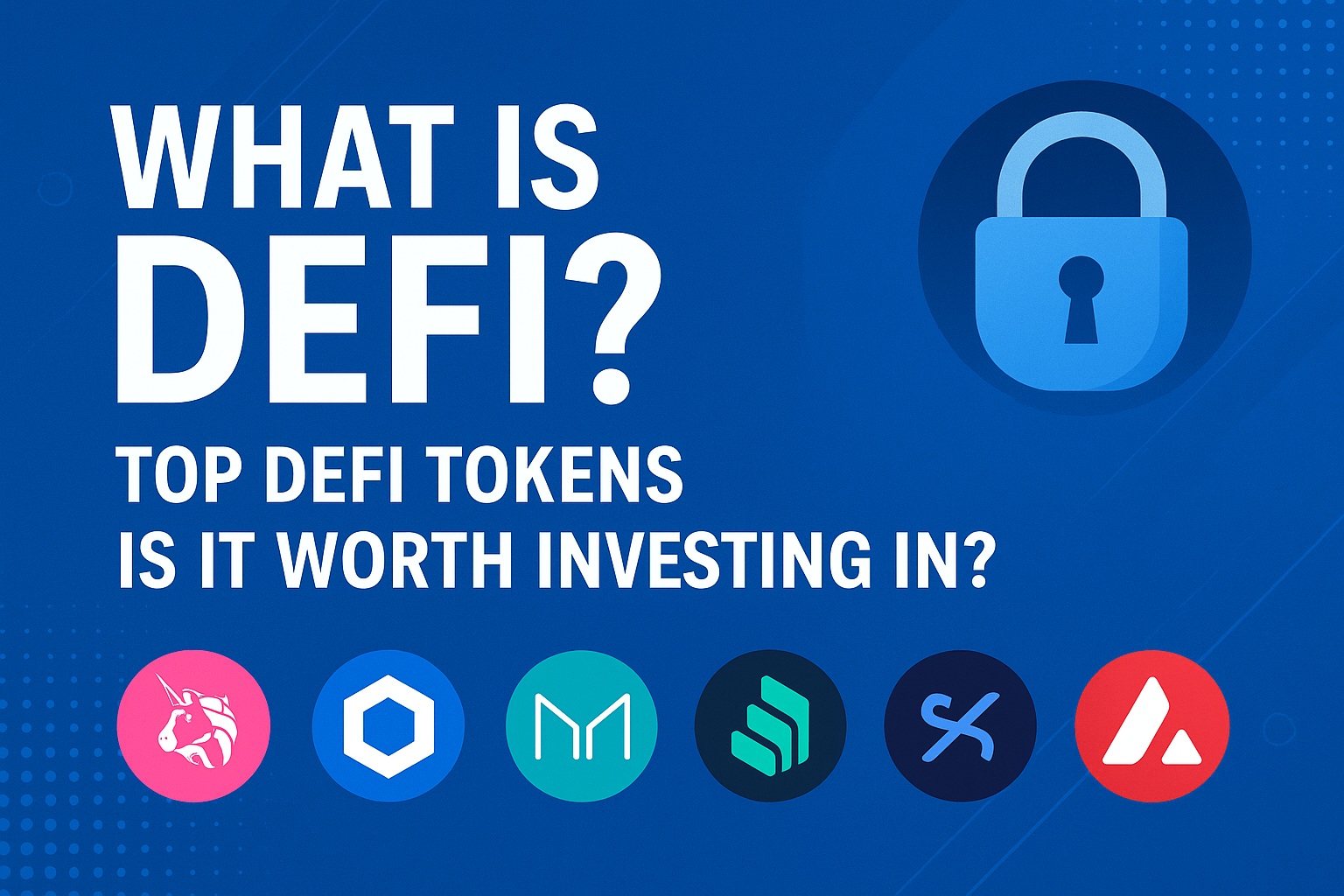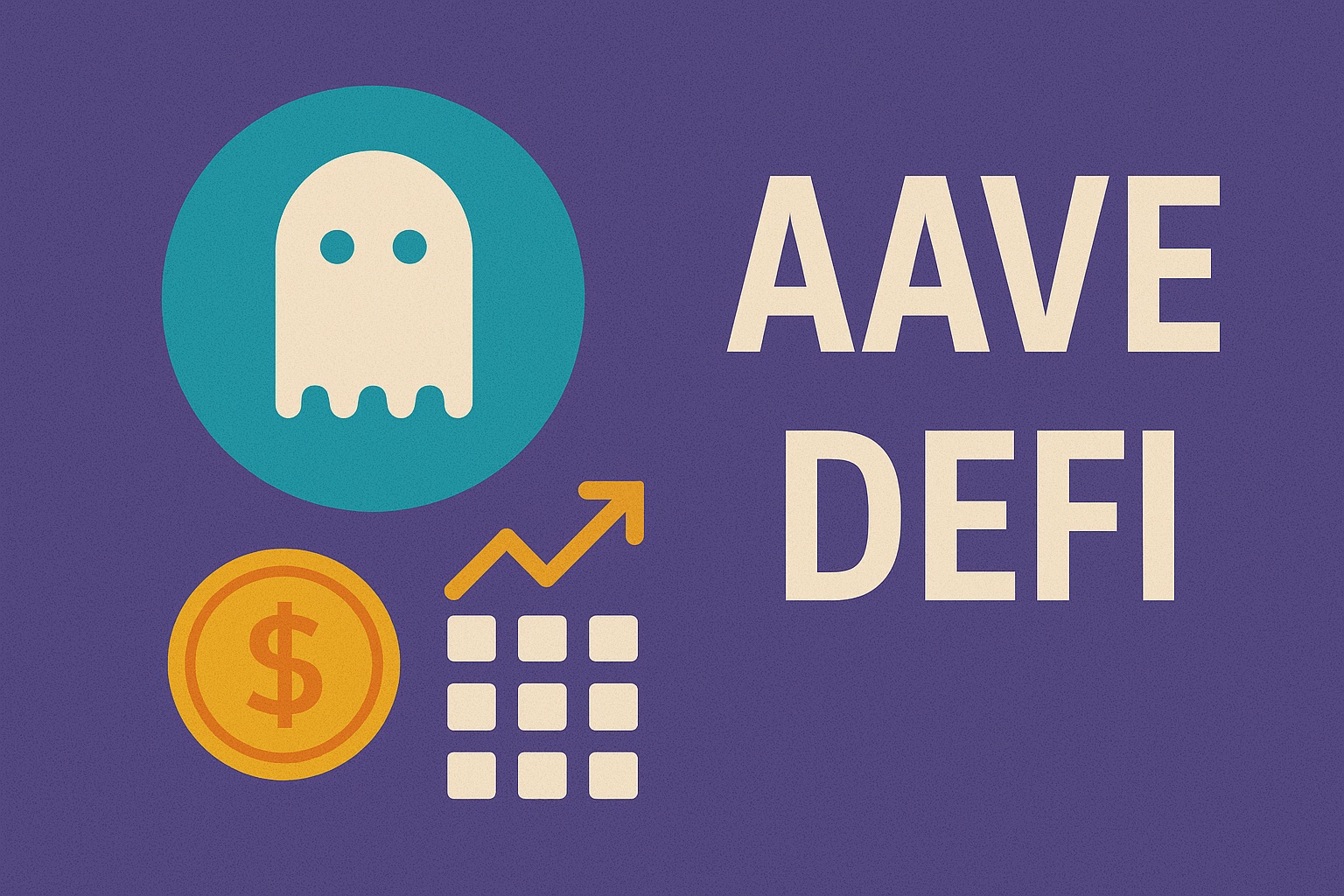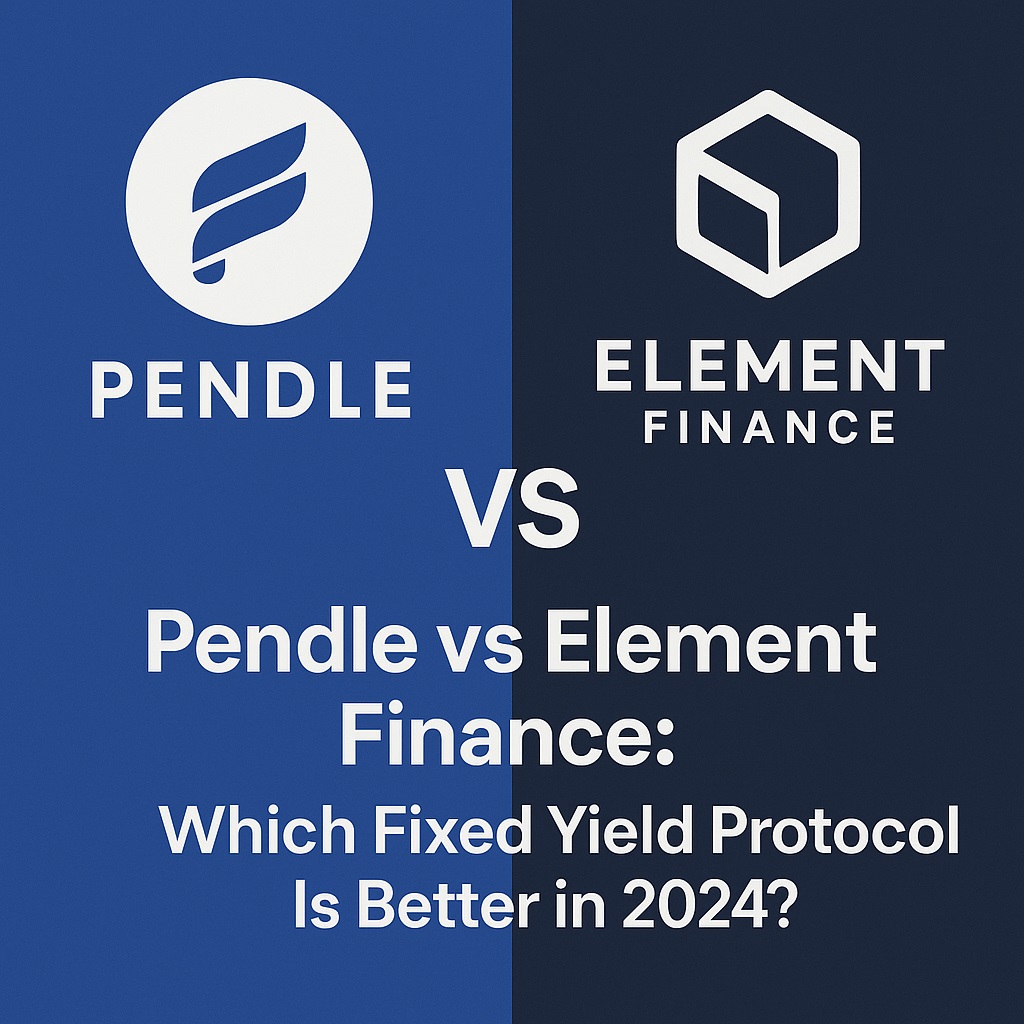Decentralized Finance (DeFi) has rapidly emerged as one of the most dynamic and sought-after sectors in the crypto space. From Uniswap (UNI) and ChainLink (LINK) to Maker (MKR) and Compound (COMP), DeFi projects are reshaping the financial landscape. But what exactly is DeFi? Why has it gained so much traction? And most importantly—should you invest in DeFi tokens?
Let’s dive in.
What Is DeFi?
DeFi, short for Decentralized Finance, refers to a new generation of financial systems built on blockchain networks, primarily using smart contracts. Unlike traditional finance (CeFi), DeFi eliminates intermediaries like banks and brokers, allowing peer-to-peer transactions in trading, lending, insurance, and more.
While Bitcoin introduced the idea of decentralized value transfer, DeFi as we know it began with Ethereum’s launch of programmable smart contracts. Here’s a quick timeline of DeFi’s evolution:
- 2017: Early DeFi dApps (decentralized apps) appear on Ethereum.
- 2020: DeFi ecosystem starts scaling rapidly.
- 2021: Explosive growth year, with protocols like Aave, Curve, and PancakeSwap gaining momentum.
- 2022: Integration of NFTs and DeFi opens new financial use cases.
- 2023: Regulatory scrutiny increases; DeFi adapts with governance innovations.
- 2024: Capital inflow surges, signaling strong market confidence in DeFi’s future.
Why Was DeFi Created?
To understand DeFi’s origin, you need to go back to 2008—when Bitcoin was introduced in response to dissatisfaction with central banks’ monetary control. Similarly, DeFi arose to fix pain points in centralized finance (CeFi): lack of transparency, high entry barriers, fraud risks, and inefficient cost structures.
DeFi empowers users worldwide to access open financial services—without intermediaries—while enhancing privacy, lowering costs, and reducing fraud.
DeFi vs. CeFi: What’s the Difference?
| Feature | DeFi | CeFi |
|---|---|---|
| Decentralization | Yes | No |
| Automation | Smart contracts | Human-managed |
| KYC Requirement | Usually not required | Mandatory |
| Transparency | Fully transparent | Often opaque |
| Access | Open to all | Restricted |
| Global Usage | Generally global | Often jurisdiction-bound |
| Asset Control | Users retain full control | Held by third parties |
DeFi stands out with its permissionless, self-custody model and algorithmic execution, compared to CeFi’s centralized and compliance-heavy structure.
Key DeFi Categories and Tokens
DeFi encompasses multiple sub-sectors, each with specialized projects and tokens:
1. Decentralized Exchanges (DEX)
Allow direct token swaps without intermediaries.
- Examples: Uniswap (UNI), PancakeSwap (CAKE), Curve (CRV), 1inch (1INCH)
2. Derivatives
Enable synthetic assets, futures, and perpetual contracts on-chain.
- Examples: Synthetix (SNX), dYdX (DYDX), GMX (GMX)
3. Lending & Borrowing
Facilitates loans without banks, using overcollateralization or credit scores.
- Examples: Maker (MKR), Compound (COMP), Aave (AAVE), Yearn.Finance (YFI)
4. Insurance
Provides coverage against DeFi risks like hacks and protocol failures.
- Examples: inSure (SURE), Nexus Mutual (wNXM)
5. Oracles
Deliver off-chain data (like prices) to smart contracts.
- Examples: ChainLink (LINK), Band Protocol (BAND), NEST Protocol (NEST)
How to Invest in DeFi
There are two main strategies:
1. Earning Tokens by Participating
Engage with DeFi platforms by trading, lending, or adding liquidity to earn native tokens like UNI, COMP, or DYDX.
Note: This often requires a crypto wallet, understanding of gas fees, and basic DeFi literacy.
2. Trading DeFi Tokens
You can speculate on DeFi tokens’ prices via exchanges—ideal for those who want exposure without directly interacting with dApps.
Is DeFi a Good Investment?
DeFi tokens often have real use cases and revenue-generating mechanisms, offering token holders benefits like airdrops or buyback-and-burn programs. As demand for decentralized financial services grows—especially in bull markets—DeFi protocols typically see higher user activity and token appreciation.
As of May 25, 2023:
- Over 600 DeFi tokens exist.
- Total market cap: $44 billion (4.4% of total crypto market).
- Daily trading volume: $2.5 billion (6.6% of total).
TVL (Total Value Locked): A Key Metric
TVL tracks how much crypto is locked in DeFi protocols.
- 2018: <$10,000
- 2020: Exponential growth
- 2021 peak: $180 billion
- Indicates DeFi’s massive adoption curve
Risks of Investing in DeFi
Despite its potential, DeFi is not risk-free:
- Smart Contract Vulnerabilities
Bugs or exploits can result in permanent loss of funds. - Scams & Rug Pulls
Fraudulent projects lure investors with high yields and disappear. - Private Key Loss
Losing your wallet seed phrase = losing all assets. - Volatility & Liquidation Risks
Crypto price swings can trigger liquidation in lending protocols. - User Error
Complex interfaces and fake tokens can lead to accidental losses.
Common FAQs
Q1: Which DeFi Token Should I Choose?
Start with sector leaders. DEX tokens like Uniswap (UNI) are often more stable and widely used.
Q2: Which Wallets Support DeFi?
MetaMask and HyperPay are popular choices. Most DeFi platforms support ERC-20 compatible wallets.
Q3: Which Blockchain Should I Use?
- Ethereum: High security, higher fees
- Polygon/Optimism: Lower fees, faster transactions
- Solana/Cosmos/Polkadot: Growing alternatives
Q4: How Can I Maximize Rewards?
Rewards vary by platform and your level of contribution. Engaging early and contributing more usually leads to higher token incentives.
Final Thoughts
DeFi is revolutionizing finance—offering open access, greater control, and powerful earning potential. While the sector holds immense promise, it’s essential to understand the risks, stay informed, and only invest what you can afford to lose.
Disclaimer:
The content of this article reflects the author’s personal opinions and should not be considered as investment advice. Readers are strongly encouraged to consult an independent financial advisor before making any investment decisions to ensure they fully understand the associated risks. Contracts for Difference (CFDs) are leveraged products and may result in the loss of your entire capital. These products may not be suitable for all investors. Please invest responsibly. For more details, please refer to the full disclosure.


